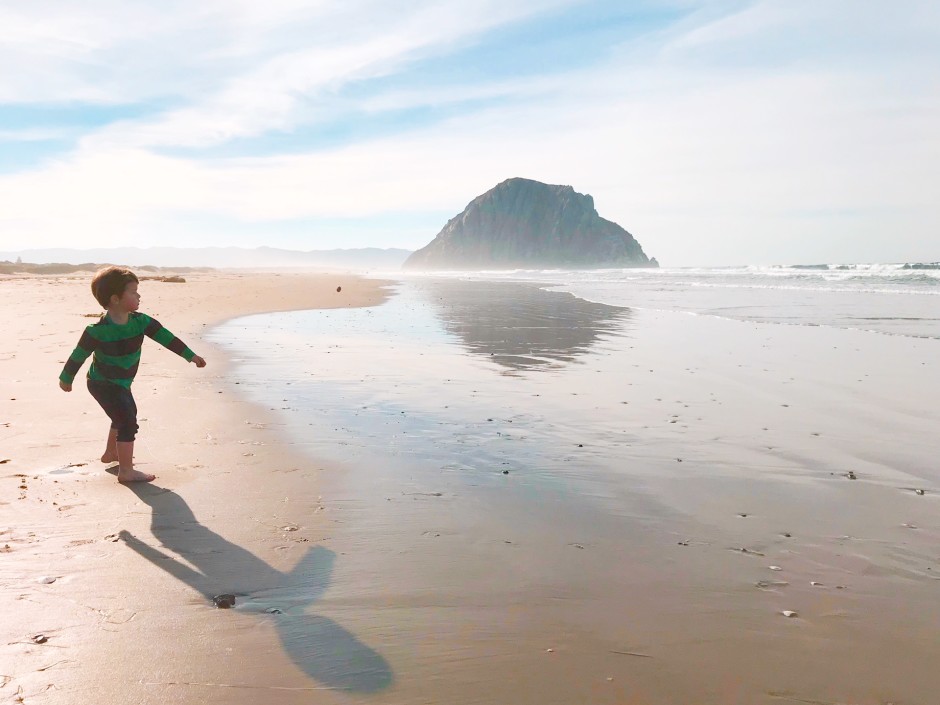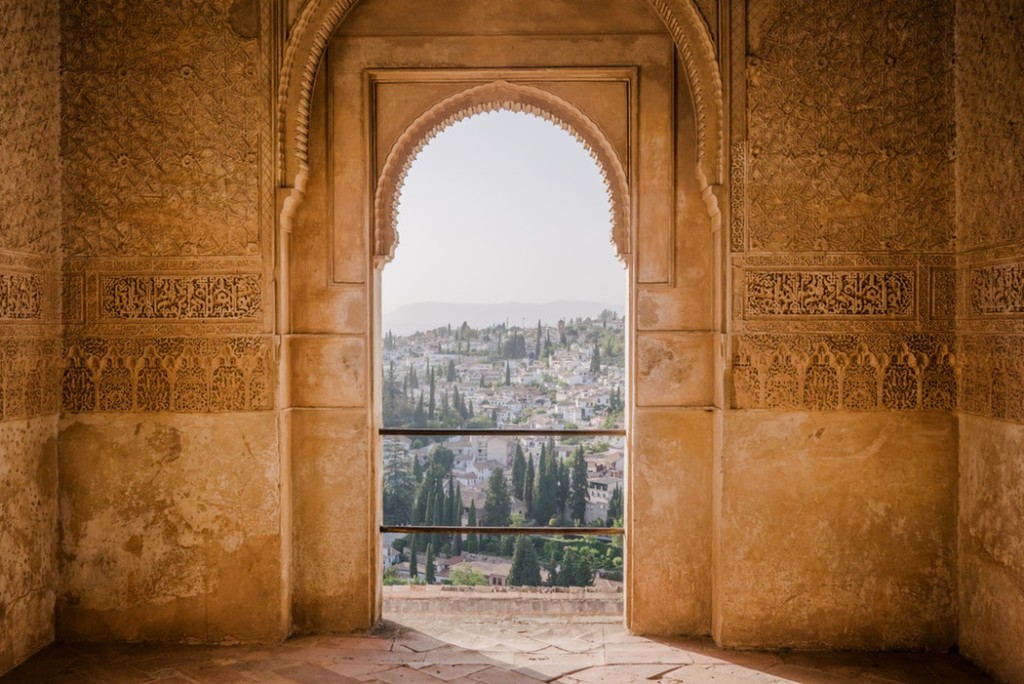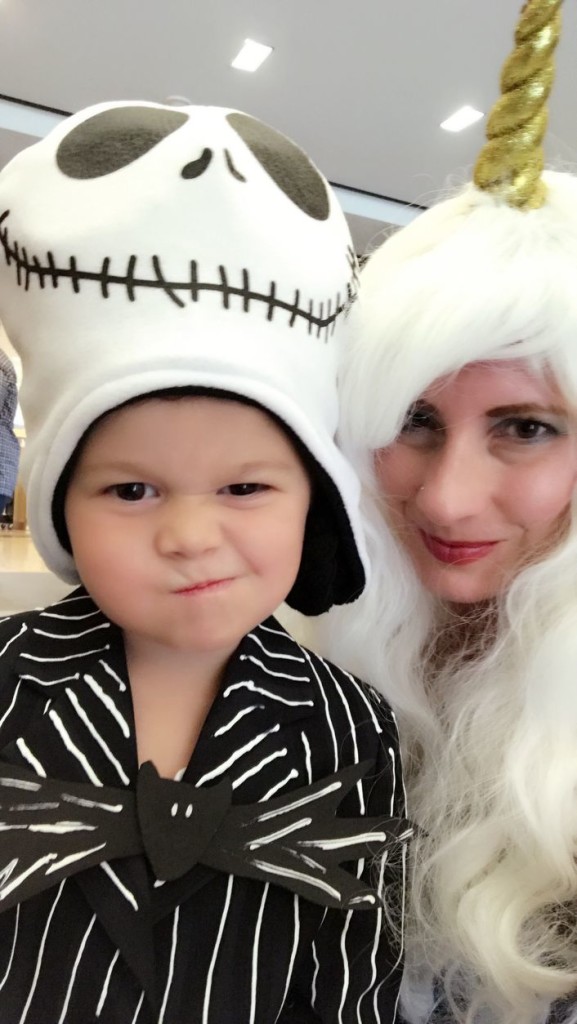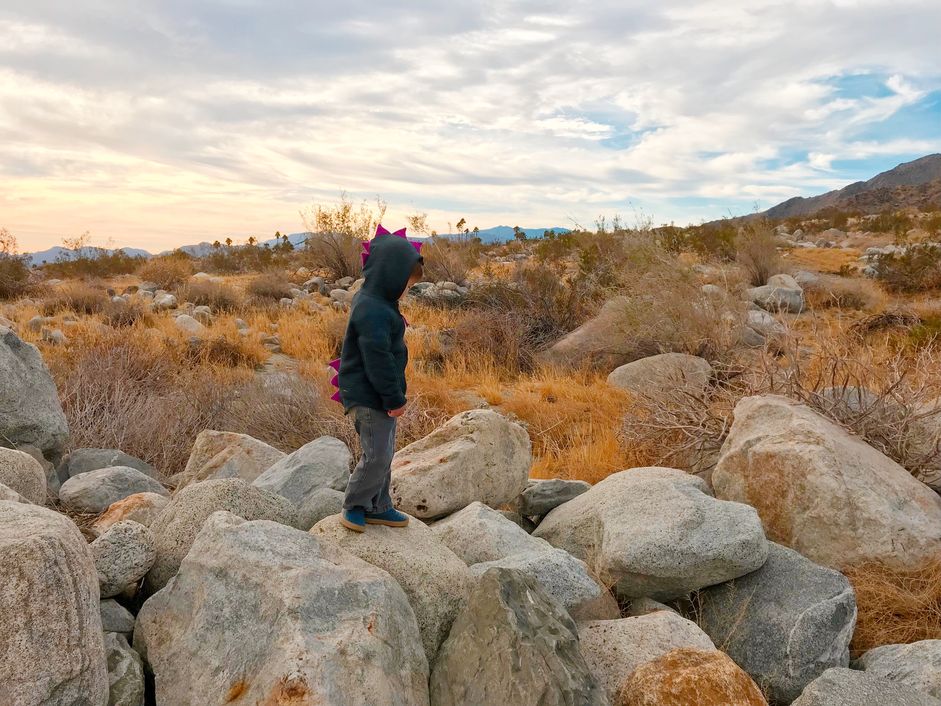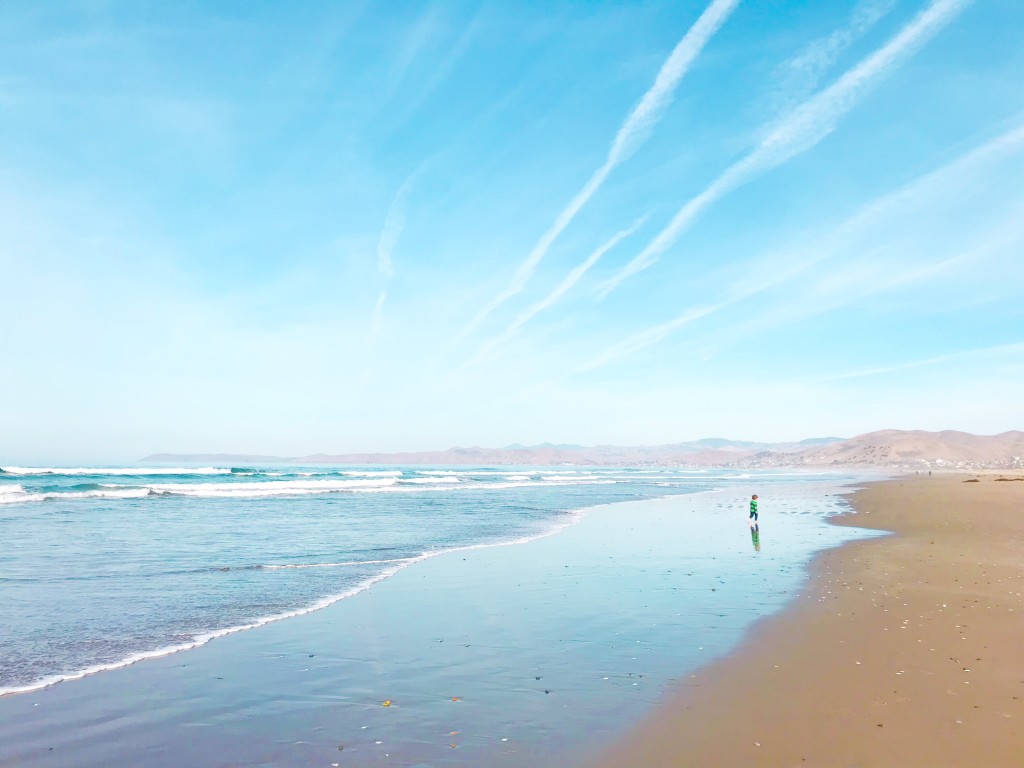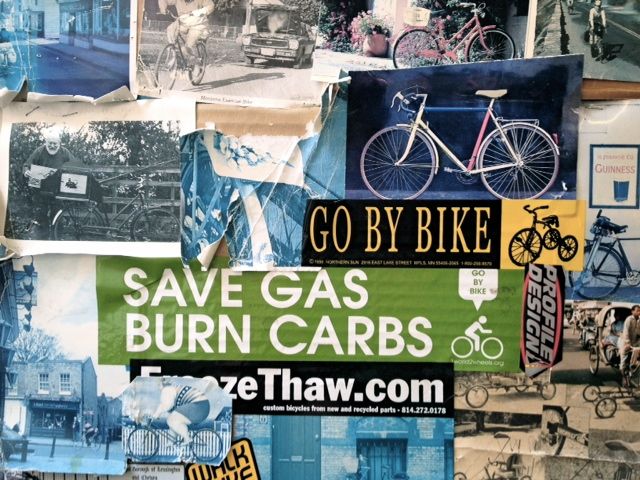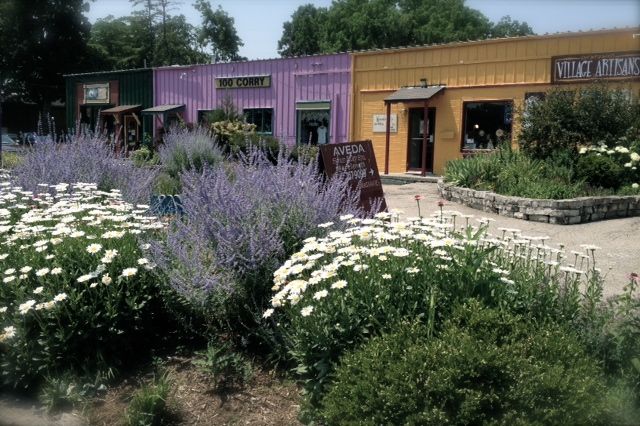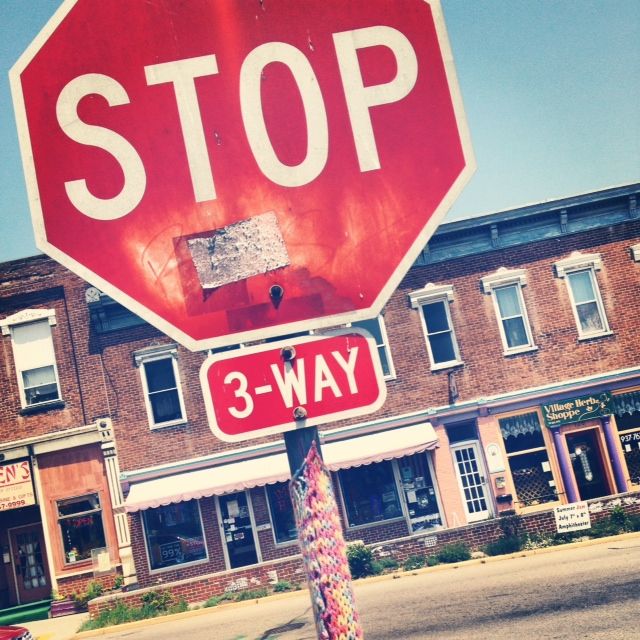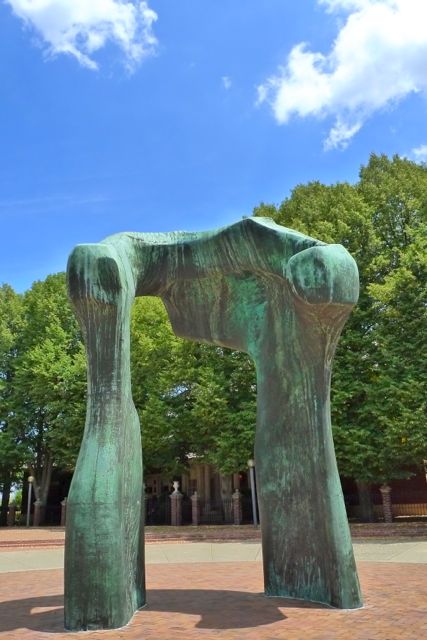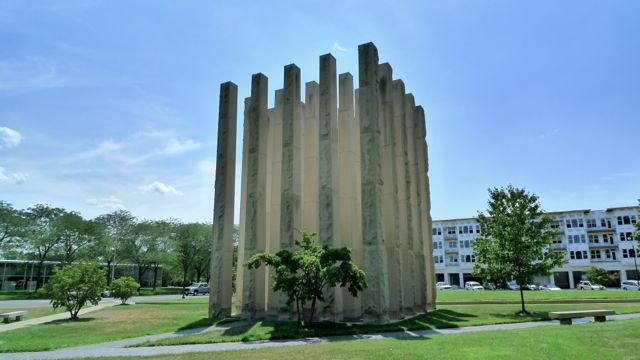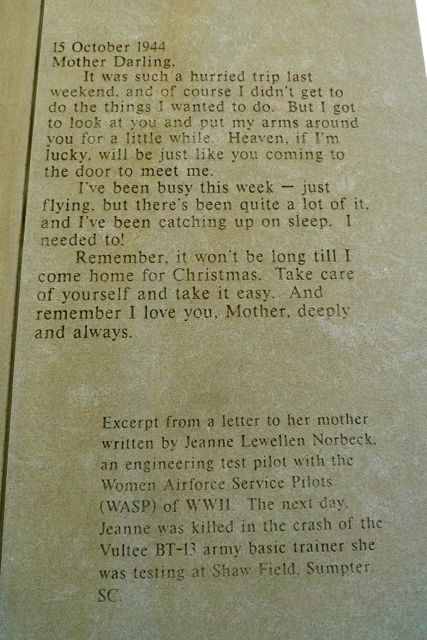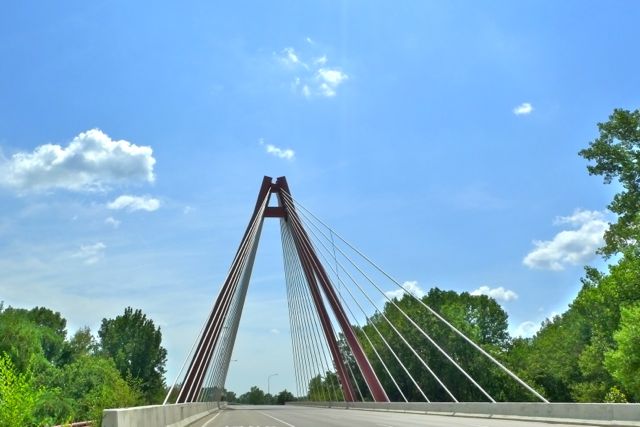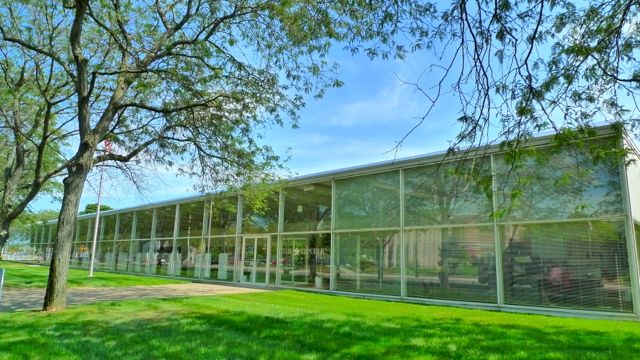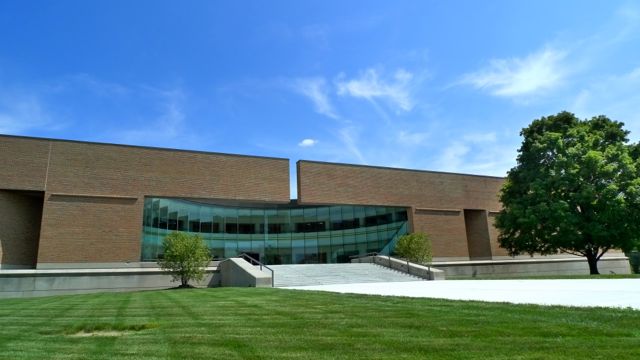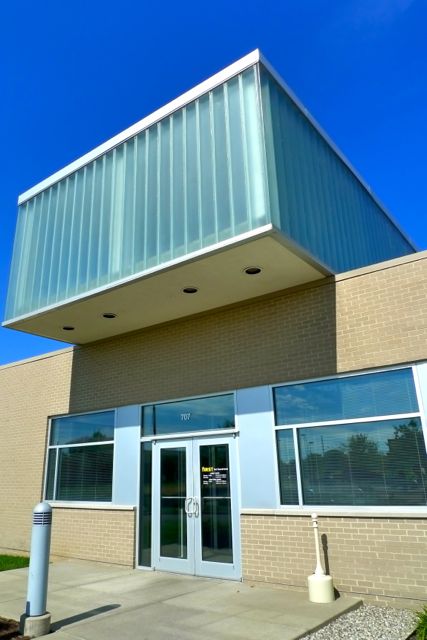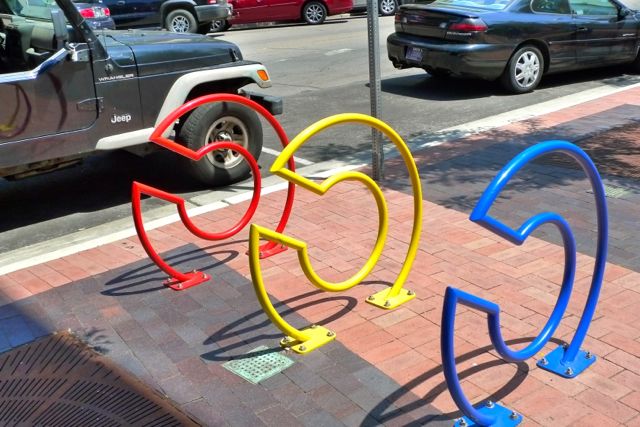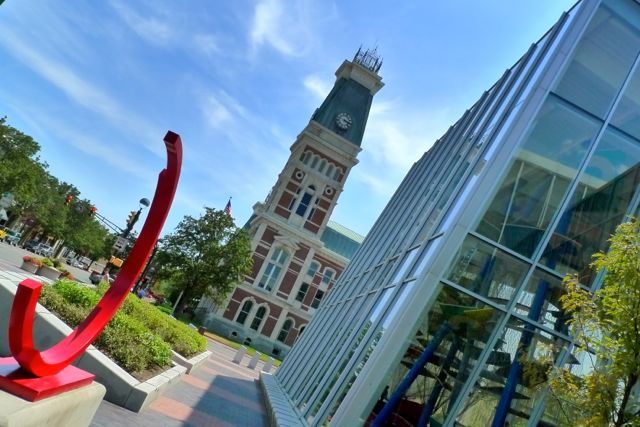It’s time to get serious about actively resisting the cruel and inhumane policies of this administration. But what if you’re not the kind of person who wants to be on the front lines, marching and phone banking? Is there a place for introverts in all this?
Hell yeah. Come on in, the resistance is fine.
I’ve jotted down a few ideas here, but this is certainly not a comprehensive list. See what you can do. Then read some articles about incarcerated babies as young as 3 months old who have been stolen from their families … and get angrier. And then do a couple more things.
Here we go:
Make a phone call.
Just kidding. Phone calls are terrible. I only speak to three people on the phone, and one of them brings me food. But if you DO want to make a phone call, use a script! The person on the other end will never know, and phone calls do make a difference — elected officials keep track of how many constituents care about a particular issue; one major gauge is how many phone calls they receive.
The ACLU has a great script here. Make it fun by pretending you’re an old-timey person who actually uses a phone to make calls.
Reach the Congressional switchboard at 202-224-3121. Or use an app like 5 Calls to streamline the process.
Fax someone. Seriously.
Have you ever wondered who has a fax machine anymore? The answer is Congress!
That hunk of equipment actually makes for a very easy way to reach your representatives. Resistbot will help you contact them via fax, and you don’t even have to download anything or use an app. In under 2 minutes, you can send a very real message.
Bonus: Imagine the halls of Congress going “Beeeeeep. Blorp. Blorp. ZZZZZZZMZZMZMZZ!!” all day long. #Satisfying
Sign a petition. They’re everywhere.
Write postcards to your elected officials. Sometimes I do this in bars because 1. It discourages people from talking to me. 2. It gives me something to do. 3. Alcohol makes it very easy to let the words flow.
Attend a rally on June 30. Find the closest one to you here.
If you are a person who can’t do crowds for whatever reason, it’s okay. Really.
My friend Karen was at a protest last year when she came across a woman having an extreme anxiety attack. Karen hoisted the woman on her shoulders and carried her through the crowd into an open space, where the woman could finally breathe and rest. But Karen is a 6-foot tall Norse goddess, and Norse goddesses are in short supply.
You don’t have to put yourself in a situation that compromises your own health. While I firmly believe that protests and demonstrations should make everyone a little uncomfortable —the purpose is to agitate, after all — it shouldn’t give you a panic attack before it even starts. There are other things you can do instead.
So marches aren’t your thing. Do you know someone who will be demonstrating on June 30? Support them. Pack lunches for people who will be going. Donate your babysitting services. Show up at your friend’s house this week with poster board and glitter pens and make signs.
Give money. Give as much as you can to organizations that are on the ground and doing the work we can’t. Here’s an easy way to split your donation between several worthy causes. Slate is also keeping an updated list of organizations that need support.
Give time. Maybe you don’t have money but you have some free time. Are there any organizations that are fighting for immigrant justice near you right now? They might need services or goods that you could provide.
Are you super talented at something? Of course you are! Trade your talent in exchange for donations to your favorite charity. It’s simple. Tell your friends that you’ll give a free manuscript consultation, edit an essay, walk a dog, embroider something, bake a magnificent cake, whatever, if they donate at least XXX amount to your charity of choice.
Reach out to others. I keep a stack of index cards and some markers in the glovebox, and sometimes I leave friendly notes on the windshields of cars with progressive bumper stickers. My messages don’t say much more than “Stay strong!” or “Keep up the good fight!” or even just “Thank you for supporting Hillary.” Resistance is exhausting. It helps morale to get a nice note every once in a while.
Shop at immigrant-owned local businesses and eat at immigrant-owned restaurants.
Refer someone. Do you know an immigrant who could use legal services? Direct them to this list here. Offer to drive them to the office or volunteer to stay with the kids while they go.
Read books and stay informed on the issues. The more knowledge you have, the less likely you are to remain silent during uncomfortable discussions.
Take a self-defense class. Of course I don’t advocate fighting anyone. But it is incredibly empowering just to know you could throw a punch if the situation should arise.
Vote.


